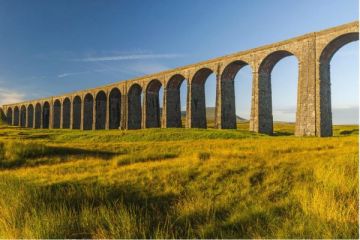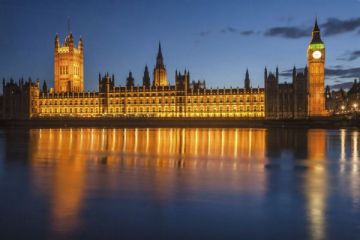101 Strand
Rudolph Ackermann, printer and bookseller, bought the lease of No. 101 Strand in 1794. The site had formerly been occupied by Worcester house. In 1750 William Shipley set up Shipley’s Academy here, a highly successful school of drawing which numbered amongst its pupils Richard Cosway, William Pars and Francis Wheatley.
From it germinated the Society for the Encouragement of Arts, Manufactures and Commerce (now the Royal Society of Arts). The school was taken over by Henry Pars in 1763; and William Blake, at the age of ten, ‘was put to Mr Par’s drawing-school in the Strand’.
For a period, it became the British Forum and was used by John Thelwall for his Elocutionary Lectures and political speeches closely linked with the London Corresponding Society. When these were suppressed by the government in 1794 Ackermann, having bought the lease, reopened the premises as a school for drawing.
In 1796 he transferred here his print shop (started at No. 96 strand the previous year). In 1806 he closed his school to make room for his expanding business as a printseller, bookseller, publisher and dealer in fancy articles and materials for artists.
Ackermann had been the first to employ refugees from the French Revolution, and contemporary accounts say that seldom in his shop were there less than 50 nobles, priests and ladies of distinction working on screens, flower stands and the colouring of prints.
From this address, he began publishing in 1808 his great series of books with coloured aquatints, the Microcosm of London, The History of the University of Oxford and Cambridge, and many others (all of which appeared first in monthly parts), also his famous Repository of Arts, Literature, Commerce and Manufacturing which ran from 1809 to 1828. He opened here the first art library in England (it is described in the 1813 volume of his Repository of Arts).
From 1813, he held every Wednesday a literary reception to which flocked authors, artists, patrons and visiting foreigners. It was said for many years to be ‘the meeting place of the best social life in London’. It was the first shop in London ‘to be lit solely by Gas which burns with a purity and brilliance unattainable by any other mode of illumination hitherto attempted’. In 1827 Ackermann returned to No. 96 Strand, rebuilt for him by J.B. Papworth.
Excerpted from The London Encyclopaedia by kind permission of the Publishers, Pan MacMillan.



